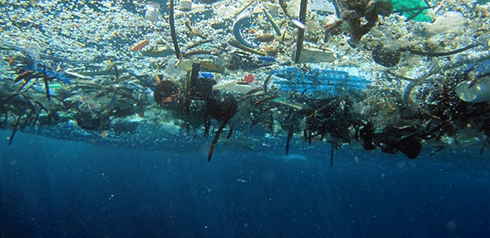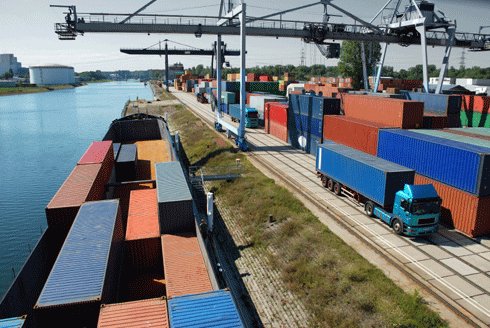
|
Published: 8 September 2014
Giant garbage patches reveal their sources
Mapping the oceans’ giant garbage patches has revealed to Australian scientists how the world’s sea surfaces are connected in unexpected ways, and has also helped them identify the countries producing the most garbage pollution.

|
|
Are the great ocean garbage patches connected – and where does the garbage come from? Credit:
NOAA Marine Debris Program
|
In the Great Pacific Garbage Patch, between Hawaii and California, the ocean surface is marred by scattered pieces of plastic that outweigh plankton in that part of the ocean, and pose risks to fish, turtles and birds that eat the trash.
Scientists believe the garbage patch is one of at least five in the Earth’s oceans, each located in the centre of large, circular ocean currents called gyres that suck in and trap floating debris.
Researchers from the University of New South Wales (UNSW) have created a new model that could help determine the origins of each garbage patch. The model is described in a paper published in the journal Chaos.
‘In some cases, you can have a country far away from a garbage patch that's unexpectedly contributing directly to the patch,’ said Gary Froyland, a UNSW mathematician. For example, the modelling shows ocean debris from Madagascar and Mozambique would most likely flow into the South Atlantic, even though the two countries' coastlines border the Indian Ocean.
According to Erik van Sebille, an oceanographer who collaborated with Froyland on the Chaos paper, the new model may help scientists determine how quickly garbage moves from one patch into another, enabling them to explore, ‘for example, how quickly trash from Australia ends up in the north Pacific’.
But to what extent do the ocean's surface waters mix? Fast-moving ocean currents form due to winds, differences in water temperatures, salinity gradients across the globe, and the forces caused by the spinning Earth. These currents can act as barriers that minimise mixing between different ocean regions, much like the blast of fast-moving air at the entrance of an air-conditioned store keeps the cold inside air from mixing with the warm outside air.
According to the new model, parts of the Pacific and Indian oceans are actually most closely coupled to the south Atlantic, while another sliver of the Indian Ocean really belongs in the South Pacific.
‘The take-home message from our work is that we have redefined the borders of the ocean basins according to how the water moves,’ said van Sebille.
The geography of the new basins could yield insights into ocean ecology in addition to helping track ocean debris. The researchers say the modelling technique could also be applied on a smaller scale – determining, for example, how an oil spill might spread in the Gulf of Mexico.
Source: UNSW



